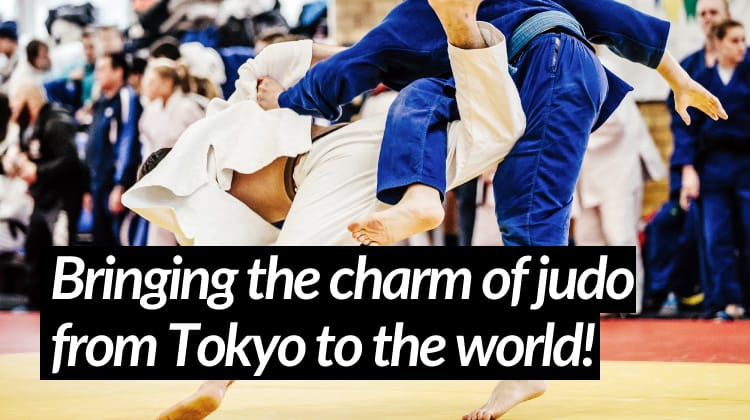


About us

About us
Learning Judo
The founder of the Kodokan is Jigoro Kano (called Kano shihan "grand master"). Judo is a Japanese martial art that aims at strengthening trainees' bodies and minds through its training. During the session a judo player grips their opponent and makes an effort to subdue him/her by throwing, holding, pinning, or, for adult judo players, choking. Trainees may have many different reasons to start Judo practice.
Some people start their practice for fitness while others start practice to become stronger or to lose weight healthfully or to learn safer ways of falling down. Although trainees may have various motivations initially, the goal of Judo is to develop fine people. Let's learn the Rei* mind through Judo training and become a fine person who is strong both physically and mentally and who willingly contribute to the society.* Rei is the Japanese word for etiquette or expressing thanks; judo practice and competition bouts start and end with bows, the etiquette of judo. Note: While not cited commonly in Japan, in many countries people are interested in judo for self-defense.
Tojuren Channel
Kodokan General Information (Let's learn Judo at Kodokan Judo Institute!)
About JUDO

History of JUDO
Principle and theory of technique
(the theory that a small person can beat a large person) "Making the body and mind work most effectively" is the basic principle of judo, and the theory of tsukuri "making" and kake "execution" is based on this principle. "Making" consists of kuzushi, destabilizing the opponent's body and preparing yourself, taking the best position and posture for your body to perform the technique. Kake, the execution means to give the final deciding factor in this moment when it is made.
This "making" and "execution" can be said to be a technical principle that follows the basic principle of judo. Judo practice comes in three fashions. Kata, the basic skills can be compared to judo grammar, randori, free sparring can be compared to writing practice, and shiai competitions are a test of ability. Randori is to practice or play in an unscripted way, but kata forms are practiced in a predetermined order and method. In both, trainees progressively train in judo techniques. Judo Thought (Application to all aspects of society) While competing with each other in accordance with the fundamental principle of best use of energy and mutual prosperity, we are trying to understand and master this fundamental principle naturally and utilize it in the real life of society in general. It means "entering the Way* from skill". (Source: Kodokan website) * The very word judo means ‘gentle way’, this ‘Way’ being a lifetime of study

JUDO Spirit
Kano Shihan and historical background
1882 (Meiji 15), when Kano Shihan founded the Kodokan, was an era of social structural change after the Industrial Revolution in Europe. Institutions to systematically train specialists was established, discoveries were made in various fields such as electricity, science, chemistry, and astronomy, and inventions such as lamps and telephones that became the foundation of the modern information society were made.
It was an era when the Meiji Government promoted Westernization at once in an attempt to catch up with Western civilizations. Katsu Kaishu, a samurai and politician at the end of the Edo period, had a great influence on Kano Shihan. Professor Ernest Fenollosa, who came from the United States, taught philosophy, politics, and economics at the University of Tokyo. Professor Fenollosa's lecture on Herbert Spencer's philosophy (utilitarianism) seems to have influenced Kano's thinking. To give an example of the high-tech civilization of the time, Alexander Bell of the United States invented the wired telephone in 1876, and Thomas Edison invented the gramophone that records and reproduces human voices in 1877. George Eastman began his photography business in 1880, and in 1882 Thomas Edison commercialized a light bulb using Japanese bamboo as a filament. All are inventions that enrich people and society. In the process of learning and studying Judo by Kano shihan, the method of recognizing the utility of scientific methods and incorporating it into judo overlaps with the method of observing all things and systematically advancing research in Western Europe. This systematization has a lot to do with the later spread and the transformation of the battlefield tool of martial arts into a means of human formation through the philosophy of Kano shihan. Therefore, his philosophy is reflected in his support of judo practice as the best way to learn the best use of energy methodology and ingenuity to achieve all purposes.
Contact us
CONTACT US
Phone number








 Inquiry form
Inquiry form